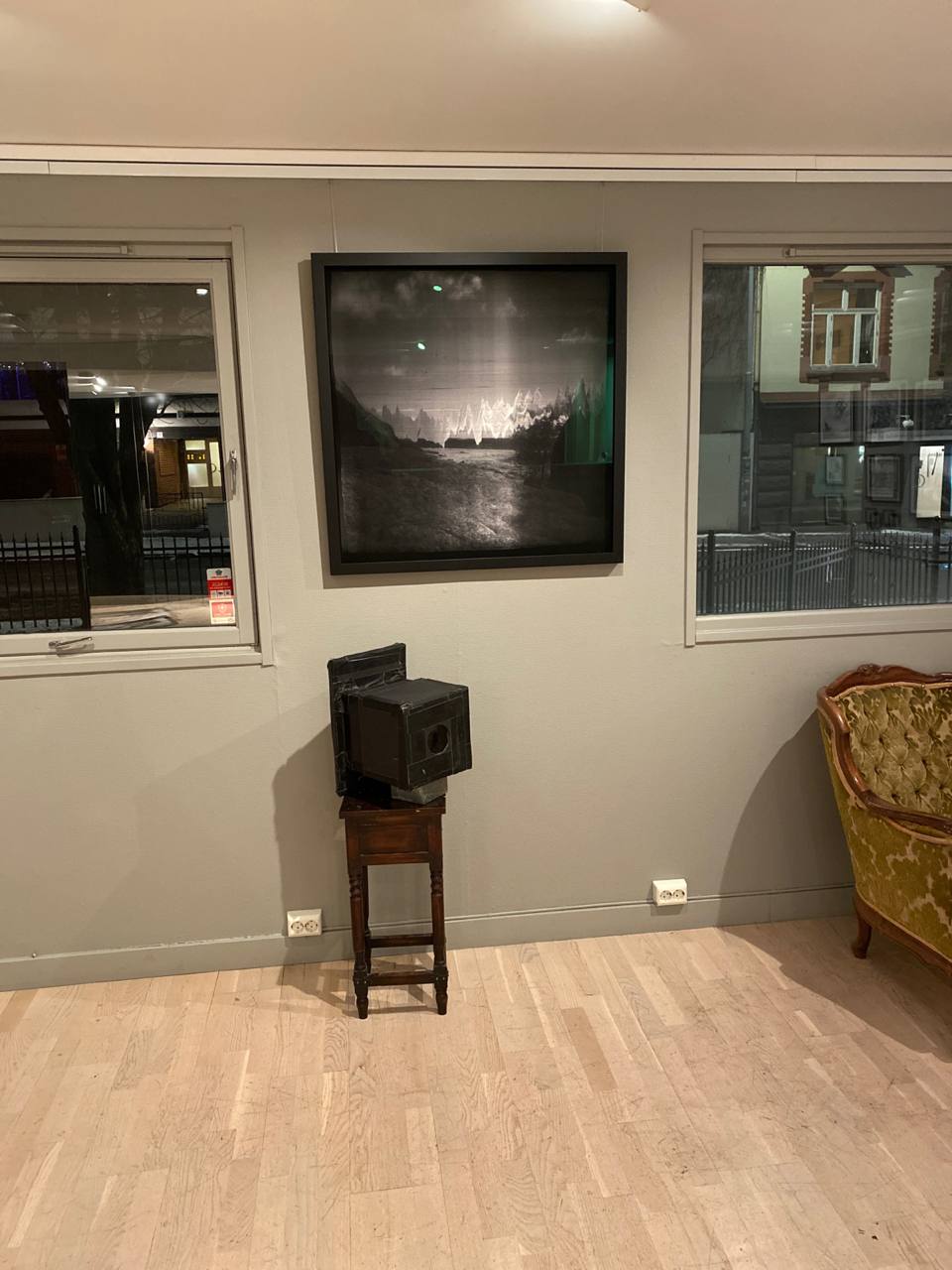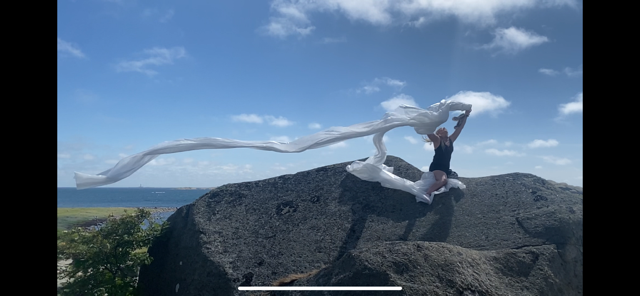I mean this in the most positive way... I don't believe you until you can show us how you did it
The image is lovely, but easily faked. I've been taking photographs with weird things for years and I still can't get my head around this.
Show and tell and you have my adoration.
I'll wait
Edit:
"> For sure.
It’s a canon Lide 30 scanner at its core. You have to remove the light source (a tiny RGB LED) and a pinhole array from the front of the sensor. Then I used a dremel to widen the slit the sensor looks through, to deal with some pretty severe vignetting. The optical assembly is made from foam board, gaffers tape and an acrylic lens liberated from a regular magnifying glass. I use a software called VueScan to perform the actual scan."
Yeah. That's pretty cool. Have the adoration you crafty fox.



